An official account of all species that have been recorded and reported by birdwatchers and naturalists in the Poole Harbour area since records began.
The data for this list has been extracted from various sources, but George Greens 'The Birds of Dorset', Mansel-Pleydell's Birds of Dorsetshire, Naylor’s reference manual of rare birds and the back catalogue of Dorset bird reports have provided most information. Data is currently still being researched and records will be updated accordingly.
You can view this information in two different ways. Our alphabetical list provides information on the status of each species within the harbour, finder dates and names, photos and favoured locations. By clicking on the Systematic List button you will be presented the full Poole Harbour systematic list which includes status of species, pending records and historical accounts.
To date, 333 species have occurred and have been accepted within the Birds of Poole Harbour boundaries. A further 11 distinct subspecies have also been seen. In addition, we have two species/subspecies which have been recorded, but are awaiting acceptance by the appropriate records panel.
There are a handful of historical records, for which there is currently insufficient information to allow their inclusion onto the Poole Harbour list, but are believed to be genuine records. They are listed at the end of the list.
Finally, there are a number of feral or escaped species that have been recorded within the Birds of Poole Harbour boundaries. They are included for completeness, but are not included on the Poole Harbour list.
We would be interested in hearing details of any species that do not appeared on this list.
The Birds of Poole Harbour systematic list is a PDF which you can view by clicking on the button below. It was last updated on December 2019.
Full Poole Harbour Systematic List
Greenfinch
Latin Name
Carduelis chloris
Status
Resident
Site And Records Information
Possible slight decline due to the trichomonosis disease, but evident right across the harbour as a breeding bird. Winter flocks do occur but passage is much more evident in October and November. Over Ballard, Glebelands and South Haven Greenfinch can pass over on migration in good numbers during October, although numbers have fallen. Easily located in spring with their melodic and tuneful song.
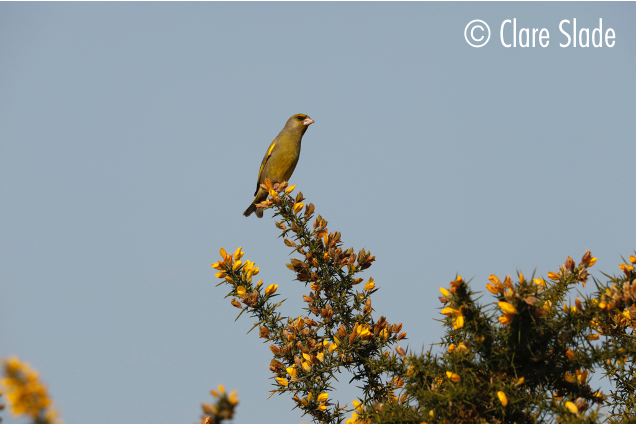
Greenland Wheatear
Latin Name
Oenanthe oenanthe leucorhoa
Status
Scarce Passage Migrant
Greenshank
Latin Name
Tringa nebularia
Status
Passage Migrant & Winter Visitor
Site And Records Information
It’s actually possible for Greenshank to be present in Poole Harbour every month of the year, with August – October seeing peak passage. Brownsea, Lytchett Fields and Middlebere being key sites. Infrequent before the fifties, the two quietest months are May and June. For example Brownsea had one bird in June 2002 building to 15 in August peaking at 33 (mainly juveniles) in October and dropping again to 5 in December. Their easily recognisable ‘tew tew tew’ call is regular call they give on night migration.
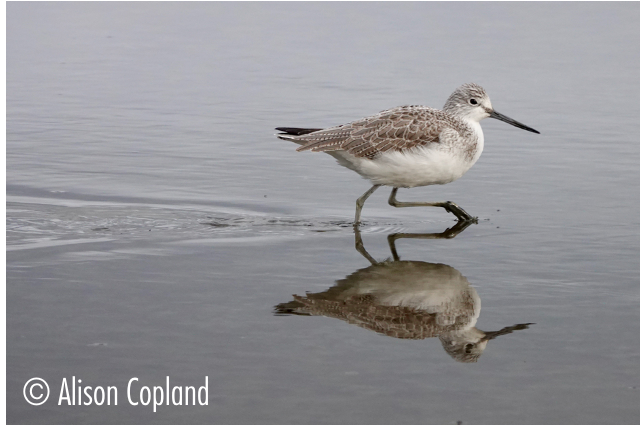
Grey Heron
Latin Name
Ardea cinerea
Status
Resident
Site And Records Information
Brownsea had the largest heronry in Dorset. It was thought to have become established in the early 1800’s but was deserted when all the trees were felled at the height of Brownsea’s habitation. The birds moved to Arne then returned again when war training started there.
By then it was under Mrs Christies ownership although the island had became overgrown and had even been set alight in July 1934 by one of the evicted villagers meaning suitable nest sites must have returned.
Because Mrs Christie wouldn’t let anyone on not even to count birds in the 1961 Bird Report A.J.Bull wrote, “When last enumerated in 1955 the Brownsea Island heronry held 32 nests. Though a systematic count was not possible Angela Hughes flew over the island on July 7th and was able to see about 30-40 white-washed nests.
The birds peaked at a maximum of 131 pairs in 1971 “ and it was the second largest heronry in Britain and one of the largest in Europe” said Tony Wise, ex-Brownsea Warden. It dropped to 62 pairs by 1997 and down further to 44 pairs in 1999. . By 2002 with just 33 nests they were outnumbered by Little Egret nests and there were just 31 pairs in 2004.
The Arne Heath colony was abandoned in the 1940’s after war training started there, with the remaining birds joining the colony at Brownsea. In 1957 the Brownsea colony was estimated at 48 nests. By 1967 this had risen to 90 pairs and by 1971 stood at 131 pairs. Sadly, it was all downhill after that, with the colony then steadily shrinking year on year. In 2010 only seven pairs were left. The following year none!
Here’s an extract from the most recent report, commissioned by Birds of Poole Harbour titled: The Ciconiiformes of Poole Harbour – N.Hopper 2016-18
“Poole Harbour’s breeding population currently consists of a heronry at Arne Heath plantation. A quiet (at the moment anyway) commanding place. Occasionally, Grey Herons will nest solitarily. Two adults appeared to spend both breeding seasons on Brownsea Island and single pairs have nested here recently but no evidence of breeding was found.
Grey Herons are one of the earliest nesting birds and it is not unusual for them to lay their eggs in February. Once the young have fledged, usually by early July, the site is no longer used as a roost site. The survey from November 2016 until the end of April 2018 allowed a full breeding season to be monitored and breeding numbers to be determined for the following season. For the first ‘season’ Grey Herons were already seen taking an interest in the site on 7th November, when two rather vocal birds circled the plantation a few times at dusk. It was not clear whether they roosted there. The first birds seen to enter the plantation to roost was on 11th November 2016. Over the next month, a trickle of arrivals pushed the number up to 9 birds. Habits now started to change with birds regularly loafing nearby in the day, often in pairs, particularly in and around the mouth of the Frome river at low tides. Toward the end of the day a regular pre-roost gathering also formed, usually somewhere in the middle of the intertidal mud at the far southern end if the tide was low, or on the beach some 100m north of the colony if the tide was up. More arrivals in December and into January. By the third week of January, up to 16 could be seen pre-roosting together on the intertidal mud or stood about in pairs alongside the riverside margins anywhere from the mouth of the Frome.
Around the same time at least 20 birds were now regularly entering the colony to roost. For the 2017 season, this was the highest number achieved, suggesting that all birds that were intending to nest were already on site. February involved a lot of interaction, vocalisation and nest sprucing. Toward the end of the month birds were seen sporting reddish legs and bills. Mid-April saw plenty of to-ing and fro-ing from the colony until the first fledged bird was seen on 20th May. Incubation and fledging generally takes about 80 days, putting first the egg laying in the last week of February. Some unfledged juveniles were still at the nest on 12th July at least, nearly two months after the first fledged birds, suggesting perhaps a failed first brood. At the end of July the colony was deserted.
The routine was very similar for the 2018 breeding season. The first bird to start using the colony site to roost was on the very early date of 3rd November. It was a lonely month however for that bird, with the next birds not turning up until 25th November. Perhaps it was just coincidentally using the plantation to roost rather than to claim the best spot. Up to five gathered birds loafing on the mudflats in early December, rising to 10 by early January. Late January and up to 20 were communally pre-roosting on the mud at the far southern end of the Wareham Channel. All potentially breeding birds had again arrived by late January when a more or less regular 25 were now using the roost. During and after the very cold period at the end of February, disturbance was kept to a minimum. A visit on 12th April was greeted by some rather loud chattering nestlings, presumably reasonably sized fit and healthy birds suggesting that the breeding program had hardly been compromised. The number of breeding pairs for the 2017 season was nine. In 2018 the number of breeding pairs was 11″
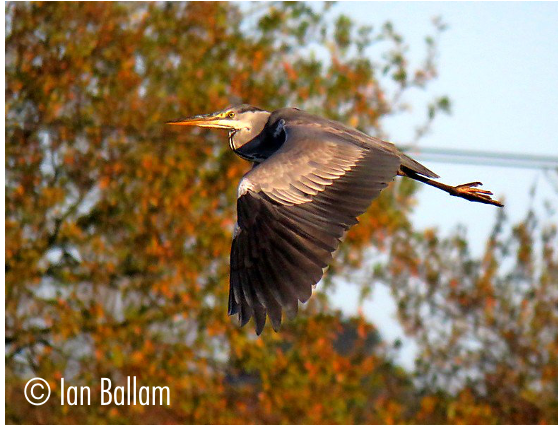
Grey Partridge
Latin Name
Perdix perdix
Status
Former Resident, now Rare Visitor
Site And Records Information
Has been recorded throughout the farmland in the harbour and on Ballard. The final stronghold was Greenland’s Farm in the mid sixties and two were seen here in 1994, also recorded at Arne in 1994. Not many recent sightings, and the final stronghold was Greenland’s Farm in the mid sixties!! A recent flock of 23 at Lytchett Bay in 1999 were deemed escapes as were a small flock in the Frome Valley near Worgret in 2014. There have been no confirmed records in the last ten years at the time of writing (May 2020).
Grey Phalarope
Latin Name
Phalaropus fulicarius
Status
Scarce Visitor (after storms)
Site And Records Information
Usually a storm driven wader into the harbour, mainly in the autumn. There have been a number of records over the last couple of decades, turning up on small pools and even the Poole Park boating lake once or twice. In August 2017 a remarkable occurrence of both a Grey Phalarope and Red-necked Phalarope on the same small pool pleased a good number of birders who travelled to go and see them on Arne Moors.
The following records have occurred since 2000
1 on 15th Oct 2002 at Branksome Chine
1 on 20th Oct 2002 from boat off Shipstal Point
2 on 22nd Nov 2004 at Holes Bay
1 on 3rd Nov 2005 at Branksome Chine
1 on 6th Nov 2005 from RSPB bird boat in Wareham Channel
1 on 14th Nov 2007 at Brownsea Island
1 on 2nd Sep 2008 at Middlebere
2w on 5th Sep 2008 at Branksome Chine
1 on 24th Nov 2008 in Poole Bay
1 on 23rd Nov 2009 in Poole Park
1 on 29th Nov 2011 at Studland
1 on 29th Sep – 9th Oct 2013 at Brownsea Island
1 on 28th Oct 2014 at Studland
1 from 17th-23rd September 2017 on Arne Moors
1 from Sept 22nd -23rd 2018 on the Brownsea Lagoon (G.Armstrong)
1 on 12th Oct 2019 on the Brownsea Lagoon
1 on 27th Oct 2019 at Swineham GPs
1 from 7th-13th Oct 2020 at Lytchett Fields RSPB
1 on 17th Oct 2020 at Swineham GPs was perhaps the Lytchett Fields individual.
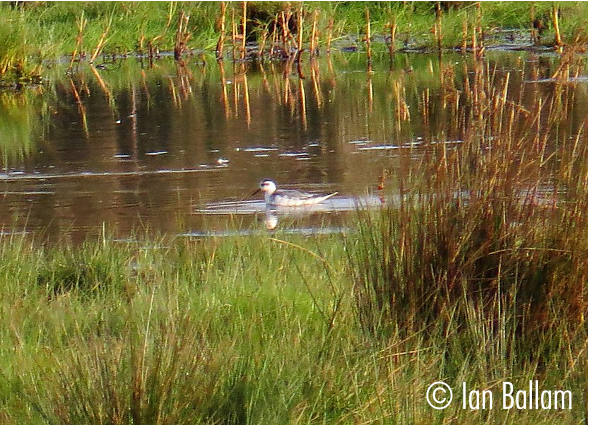
Grey Plover
Latin Name
Pluvialis squatarola
Status
Passage Migrant & Winter Visitor
Site And Records Information
In the past 80% of Dorset’s wintering population used to occur in Poole Harbour and the tremendous regional importance of the roost on the Brownsea Lagoon is shown by the four highest ever Dorset counts, all of which were at this site; 490 in January 1986; 560 in February 1995; 518 in January 1988 and the Harbours maximum count of 599 in February 1999 and 646 in Feb 2001. Nowadays roosts of up to 100-200 occur on the Brownsea Lagoon at high tide, with favoured feeding areas being along the southern and western shores of the harbour such as Brands Bay, Fitzworth and Holton Shore. On passage birds appear in the Middlebere Channel fairly often.
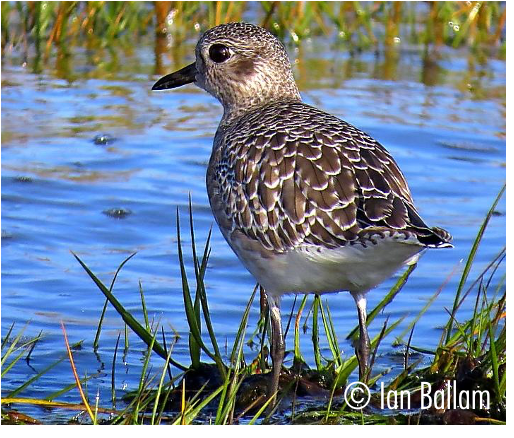
Grey Wagtail
Latin Name
Motacilla cinerea
Status
Resident
Site And Records Information
Used to breed at Lytchett Bay, Keysworth, Corfe Castle, Wareham Quay and Poole Park and probably many other sites. Still numerous breeding pairs and numbers swell ever so slightly in the winter. Very evident as a passage bird in September and October as birds can be heard passing over head most mornings at coastal sites. Over-winters regularly at the PC World Drain and Norden Sewage Works.
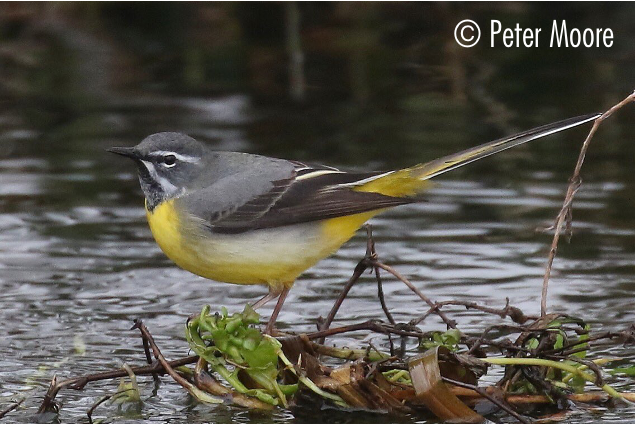
Grey-headed Wagtail
Latin Name
Motacilla flava thunbergi
Status
Vagrant
Site And Records Information
This race of Yellow Wagtail breeds from Scandinavia eastwards to western Siberia and winters in sub-saharan Africa and SE Asia. It is very rare in Dorset with only 7 Dorset records. 1 on 31st May 2014 on top of Old Harry/Ballard, Studland (S.Smith)
Greylag Goose
Latin Name
Anser anser
Status
Feral & Winter Visitor
Site And Records Information
A feral flock of around 15 birds have been on the Frome over the last two decades and have now taken residence in Poole Park where they are very tame and have bred since the first brood of three in 2000. Individuals are recorded around the harbour during the winter at sites like Lytchett Bay, Arne, Swineham and Bestwall and are thought to relate to the Poole Park birds.
In 2003, 4 neck-collared Greylag Geese were found at Middlebere that had originally been trapped in Sweden proving genuinely wild birds also occur. Historic records consist of two on the 2nd October 1949 and 25th February 1955. There were 4 at Arne from the 23rd October to 7th November 1966 and 4 at Studland on 3rd March 1968. Arne saw 30+ on 30th October 1981 and 21 on 26th March 1995. There’s no doubt some of these historic records relate to wild birds.
There is a large feral flock in the Avon Valley and they also create an element of confusion. On 2nd January 2003 48 of these birds were with a feral adult Snow Goose at Bestwall. They were later seen flying north over a Branksome garden as they returned to their home in the Avon Valley.
In 2019 a ringing study began in Poole Park which seeks to ring 300 Greylag Geese in an effort to understand their movements and distribution across the harbour and wider area. To date ringed individulas have been re-sighted at Swineham, Arne Moors, Holmebridge and Longham Lakes. If you see a white ringed Greylag Goose, please report your sightings and the ring number to – pooleparkgreylags@gmail.com
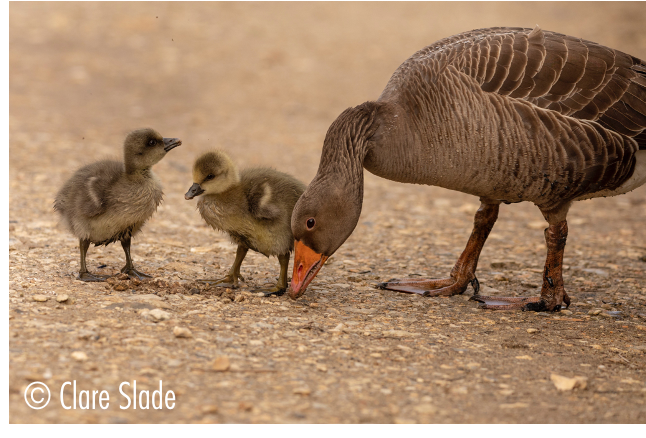
Guillemot
Latin Name
Uria aalge
Status
Passage Migrant & Winter Visitor
Site And Records Information
Small numbers of around 4-6 over winter in and around the bays just outside harbour, usually hanging around the harbour mouth but they do come up as far as Poole Quay sometimes giving great views. A harbour maximum of 36 on 27th May 1988 in Poole Bay. They all pass in good numbers out in Poole Bay during the spring and if watched constantly, its possible many hundreds could be logged during peak migration.
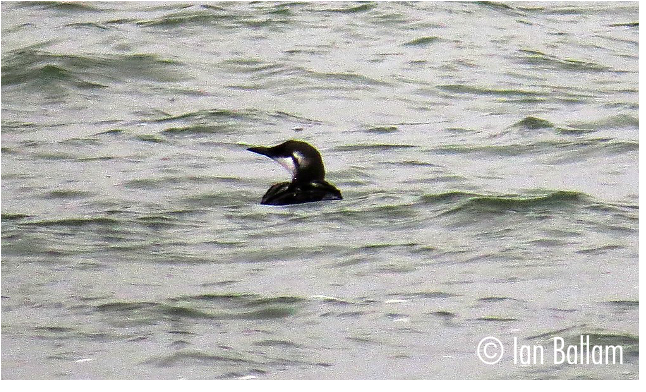
Gyr Falcon
Latin Name
Falco rusticolus
Status
Vagrant
Site And Records Information
Whilst Dorset only has 3 records. All from the 19th century, Devon has had 4 records since 1985 and Cornwall has recorded 8 in the same period. Future records are therefore not impossible.
Poole Harbour has one confirmed record of 1 white Greenland race bird on the 5th Feb 1912 at Ballard Down after a blizzard.
A second was reported but never submitted, seen at Arne on three dates between Oct 25th and November 1st 1976.
This has to be high on many a birders wish list to see on a cold winters day flying over Ballard Down!
Call 01202 641 003
© 2025 Birds of Poole Harbour Registered Charity No. 1152615
